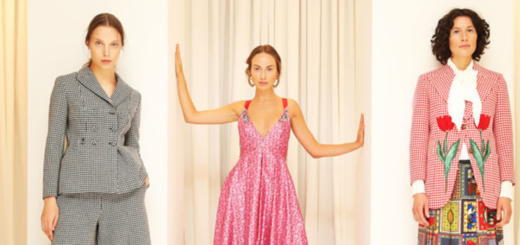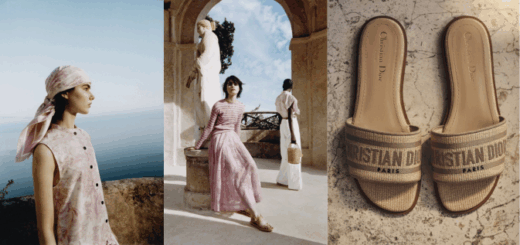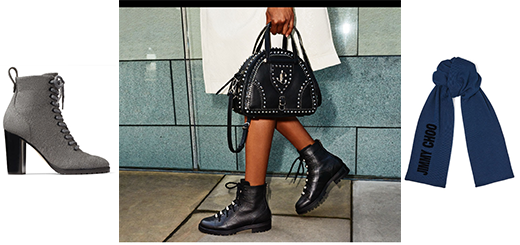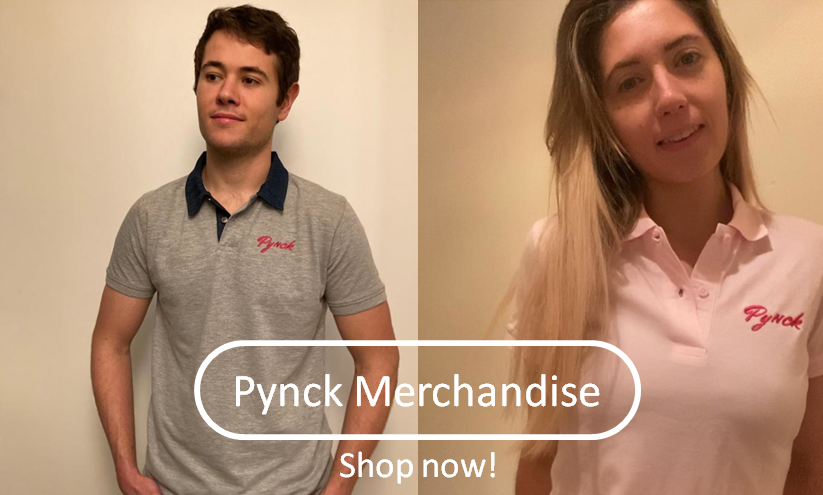Pandemic Fashion Trends
With many fashion events cancelled and retail stores closed, the fashion world has had a challenging year. According to analysis in the McKinsey Global Fashion Index, fashion companies will post a 90 percent decline in profit in 2020. While the industry overall may be struggling, any economic success has been concentrated in ecommerce. ASOS has proved itself to be one of the pandemic’s winners. A representative from the company told the Financial Times they have seen ‘a net Covid-19 benefit’ of £48.5 million while physical stores were shut. Consumer behaviour and priorities have shifted permanently. As people take a second look at the environmental impacts of their consumerism, the fashion industry is in the throes of an identity crisis. From the waist-up zoom call dressing, to the loungewear boom, fashion has, however, remained a core part of the conversations we are having about lockdown life. The drastic changes to our lifestyles during the pandemic have been intimately felt in the ways we are choosing to dress.
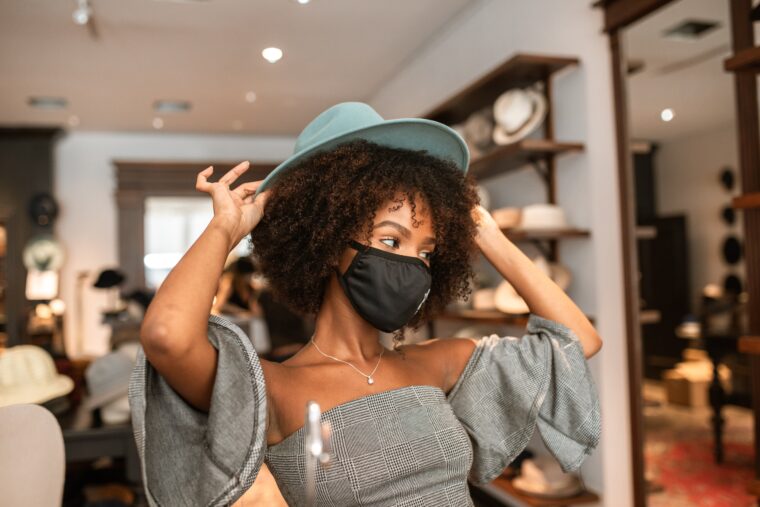
Here are three trends that will carrying on through the year:
- Individual Investment
Harper’s Bazaar recently asked the question, ‘Are trends no longer in fashion?’ With fewer occasions for strutting in new clothes, many people have been thinking long-term about their personal style and diverting their spending towards investment pieces. As the climate crisis calls into question our cultural obsession with newness, many brands have seen consumers move towards timeless, high quality staples rather than seeking out what’s trendy. Spending more time at home, many people will have taken this time to evaluate what they already own and consider carefully what they will buy in the future. Mending and upcycling clothing has become popular as people seek out ways to fall back in love with the things they already have. Depop, an app for buying and selling second hand clothes, has seen triple-digit year-on-year growth in new buyers, sellers, and items sold in Ireland. At the same time, our isolation has faded the social pressure to conform. These days, if we are putting effort into an outfit, it’s with our own satisfaction in mind. Going forward, we can expect individualist styles of dressing to flourish as people continue to cultivate their signature look.
- Comfort Reigns
A largely house-bound life has meant a surge in loungewear sales. In the United States for example, Google searches for ‘sweatpants’ hit a 14-year peak last year. From cosy knits to silky robes, we are swaddling ourselves in clothing that will be effortless and soothing to wear. Practical footwear and elasticated waistbands have become an essential part of the lockdown uniform. Many people will likely integrate this style into their post-pandemic life. Athleisure wear, which was already growing in Ireland, continues to thrive, especially as our social lives have been largely relegated to meeting people outdoors for exercise. Working from home has also further softened the definition of workwear. The office dress code is becoming more flexible and prioritising comfort over tradition.
- Optimistic Maximalism
‘Dopamine dressing,’ wearing clothes to intentionally lift your mood, has been a concept circulating around the fashion world for years. However, it’s been particularly relevant over the pandemic, as fashion lovers gaze longingly at their neglected wardrobes and pine after an occasion to get dressed up for. While many have found the casual style of lockdown dressing liberating, many others are choosing to break through the sameness and bust out their favourite feel-good outfits even with no place to go. Last year, people were serving their best looks to take the bins out. Chinese street style has become a captivating TikTok genre. People have found their own ways to keep fashion alive. Those desperate to re-enact the roaring 20s are predicting the COVID free future will be full of glamour and excess. Fashion devotees are already planning the over-the-top looks they intend to wear. In the meantime, there have been plenty of trends that point to a reclaimed optimism: bright colours, bold prints, puffed sleeves, florals and tie dye—true happy clothes all around.

